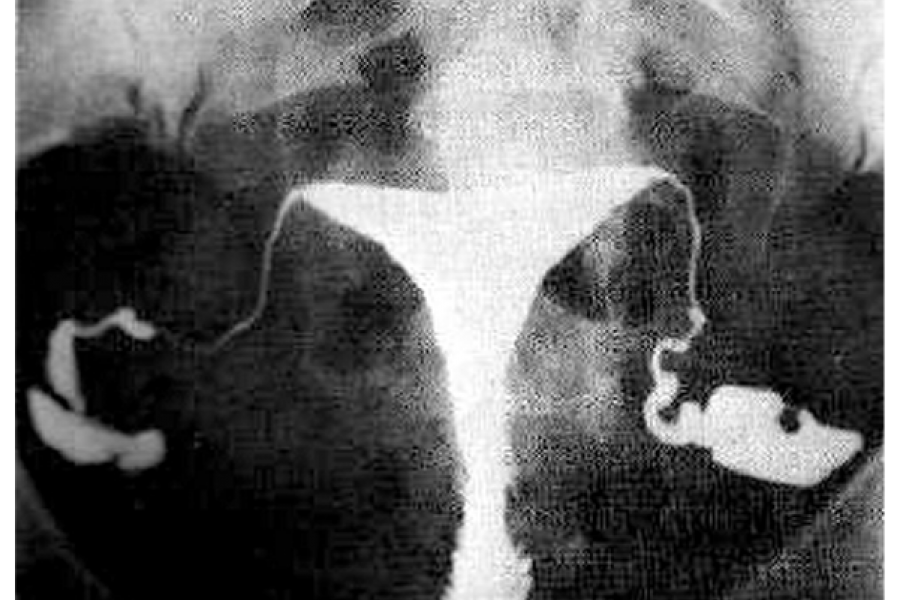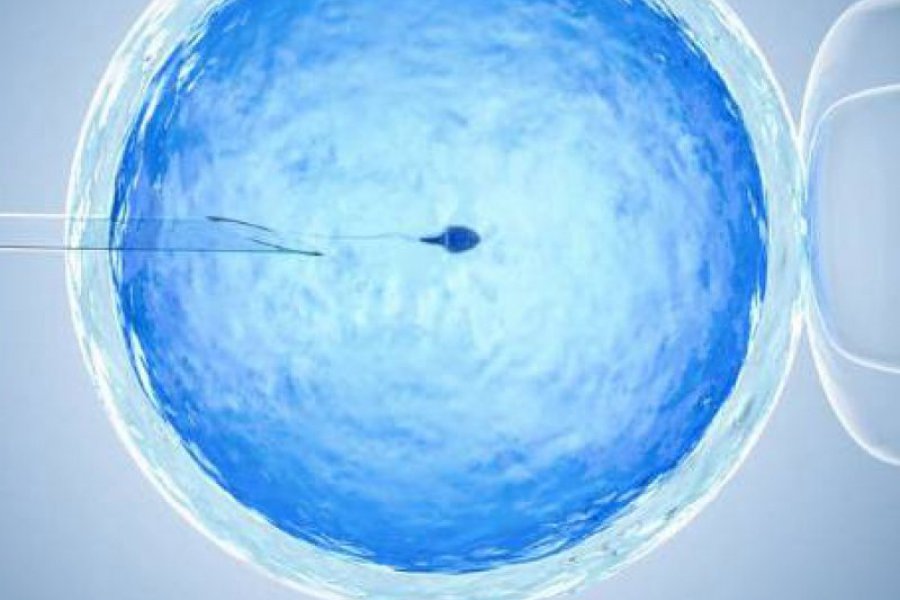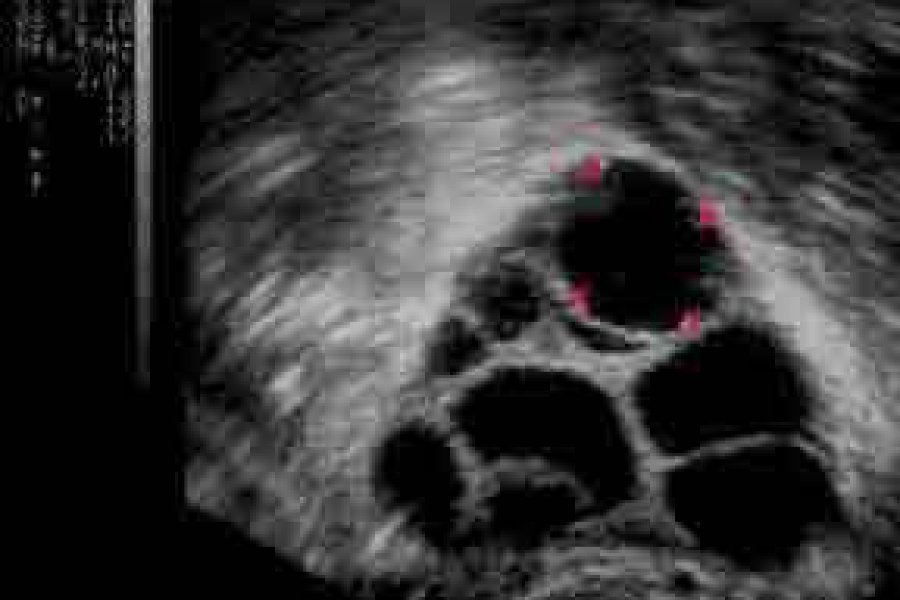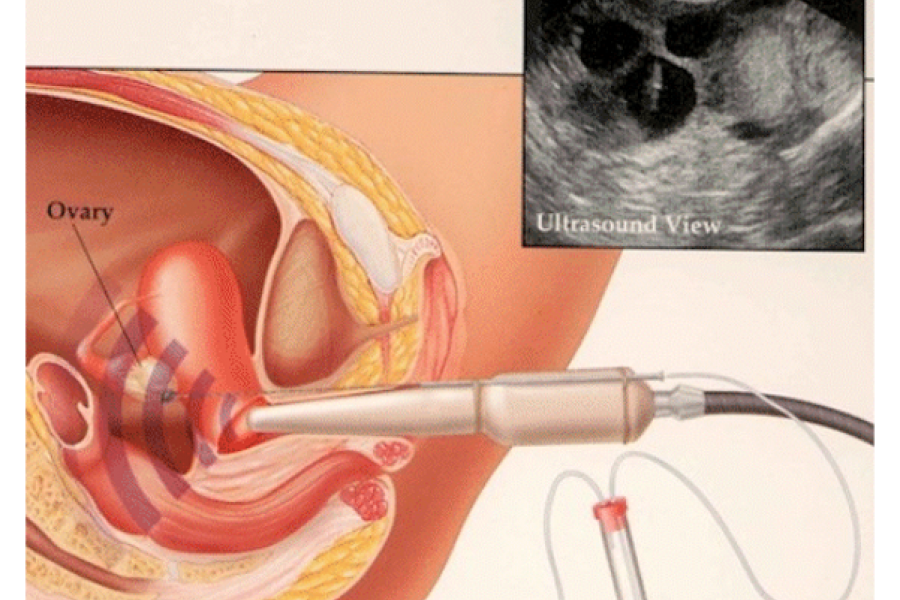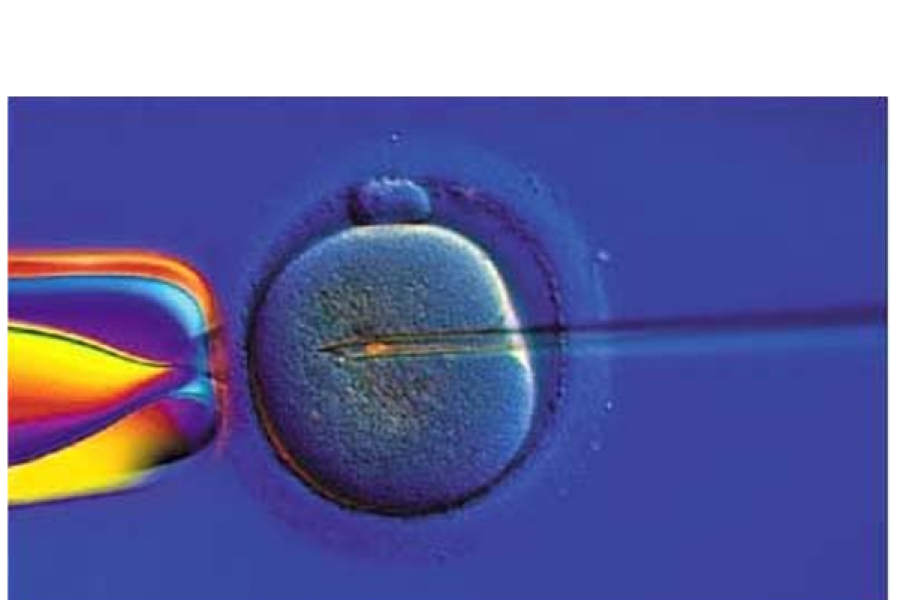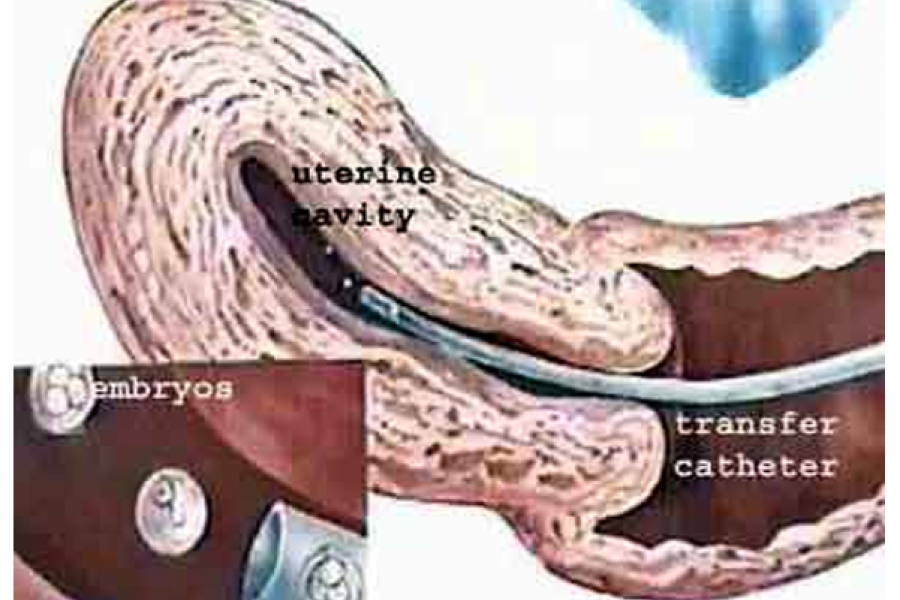Hysterosalpingography-HSG (Medicated uterine film)
Hysterosalpingography-HSG (Medicated uterine flim)
It is an examination performed to evaluate the internal cavity of the uterus and the condition of the tubes. HSG is done 2-5 days after the end of menstruation. In the presence of any vaginal infection in the patient, HSG is taken after the treatment of the infection. Antibiotics may be given prophylactically before the HSG is withdrawn. It may be beneficial to use pain relievers containing prostaglandin synthesis inhibitor before the procedure.
The HSG process is done as follows:
A speculum is inserted into the vagina while the patient is in the gynecological examination position. After wiping the vagina with betadine (antiseptic solution), the HSG catheter is inserted through the cervix into the uterus. Catheter placement can be done on the x-ray table as well as on the gynecological table. If it was done on the gynecological table, the patient is taken to the x-ray table after the catheter is placed, and the films begin to be taken after the position is placed. Radio opaque dye (the solution that gives an image on X-ray film) is given from the catheter and films showing the filling of the uterine cavity and the passage of the dye through the tubes are taken. When the film is taken under fluoroscopy, the distribution and transition of the dye is observed live on the screen.
Oil- or water-soluble solutions can be used as radio-opaque paint for HSG. When fat-soluble drugs are used, 50% spontaneous pregnancies may occur in the 6-month period after the operation in patients for whom no reason can be found, but the disadvantage of fat-soluble drugs compared to water-soluble drugs is that they are absorbed from the pelvic cavity for a long time.
